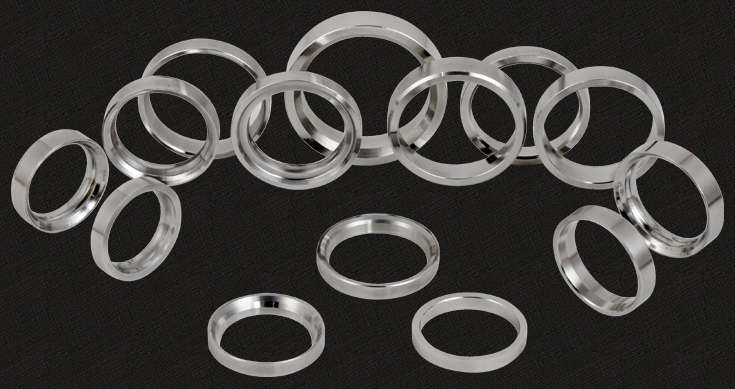The valve seat ring together with the valve forms a tribological system which, even after millions of cycles, must ensure proper sealing. Thus modern engines require wear rates that ensure the maintenance free running of the mechanical valve drive train without gap compensation after driving for 300,000 km. Extremely demanding running conditions that exacerbate requirements.
Sumangal Manufacturer & Export Valve Seats Inserts are proposed with the following types of material:
G1,5 = sorbite-perlite cast iron matrix with good resistance to wear and hardness at high temperature. Composition:
1) Cr=1,2-1,5%
2) Mo=1,2-1,5%
MD02 = steel with 12% Cr, ledeburitic structure:
1) Very hith resistence to wear due to its structure based on complex carbides;
2) Good resistance to shock;
3) Good resistance and no deformation in hot condition;
4) Very good resistance to heat oxidation at temparatures over 700° C;
5) Brinell hardness = 400-425.
S04 = in an ongoing quest for high performances, associated with the modern ecological need to reduce emissions, major manufacturers have equipped their engines with valve seat inserts in sintered material.
The sintering process makes it possible to achieve alloys with thus-far incompatible properties, such as outstanding hardness and excellent workability.
